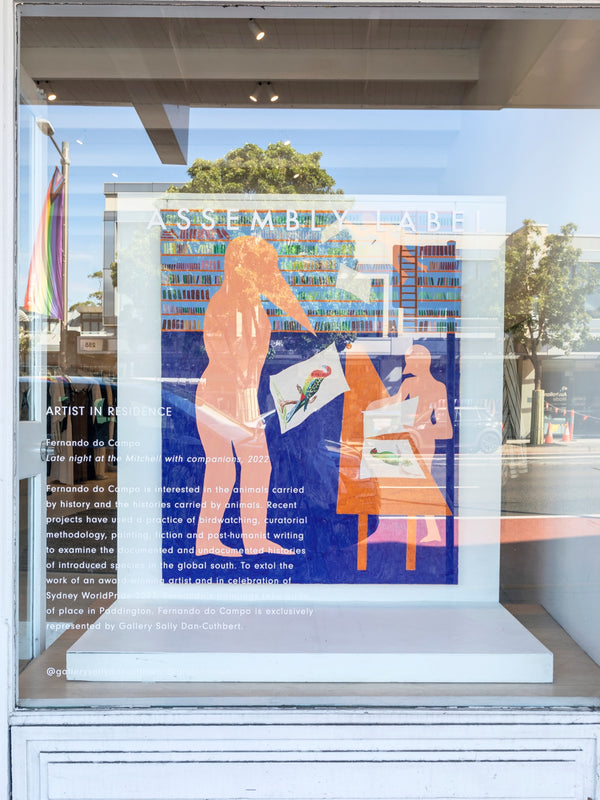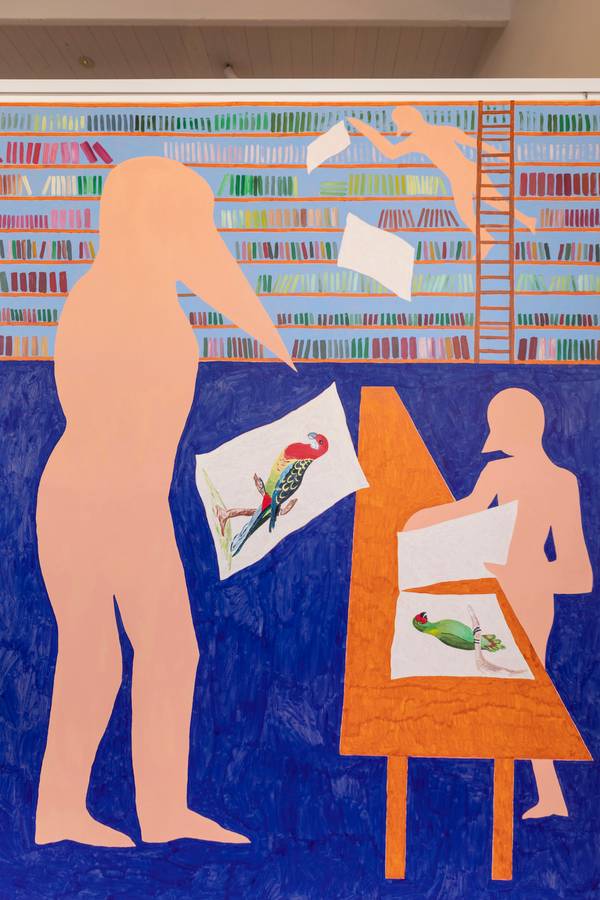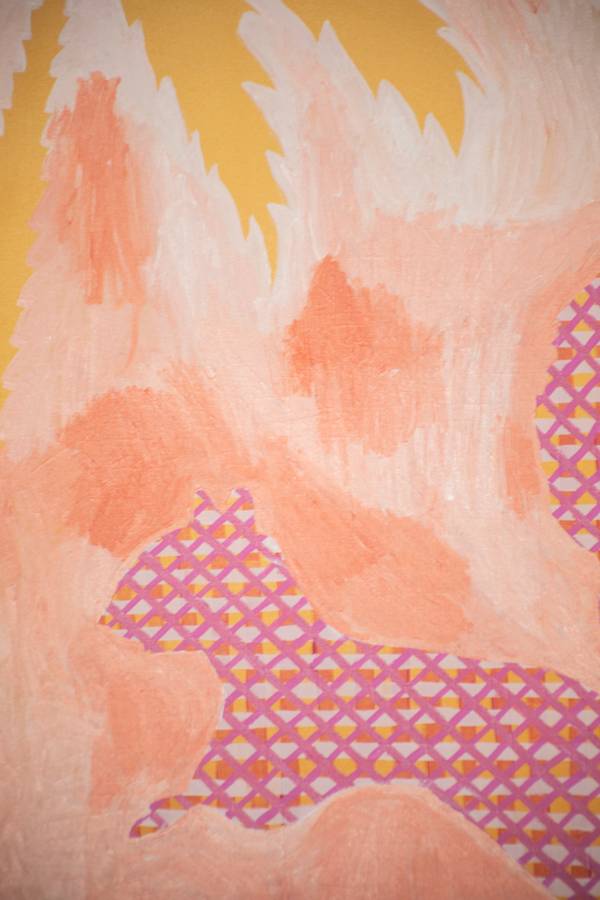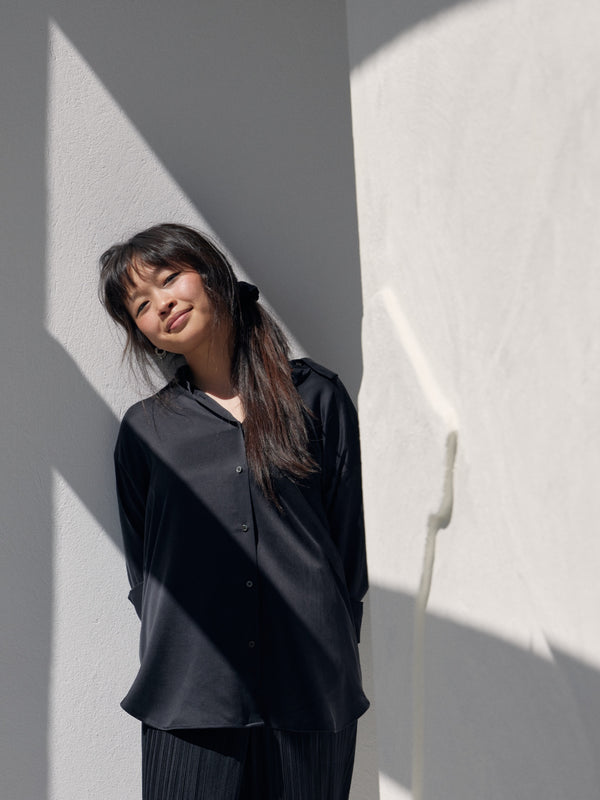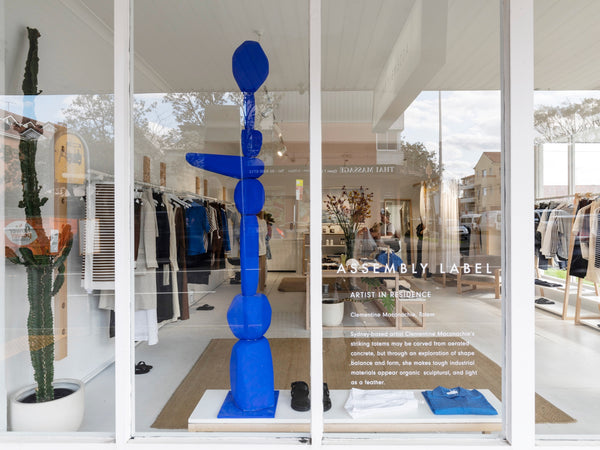Fernando do Campo is an artist and researcher who is interested in the histories carried by animals and the animals carried by history. “What drives my work is the ability for art to be a question-making machine, and for me to open up new questions rather than answer them,” says Fernando. “As a contemporary artist one must always remain a type of student and function like a sponge, absorbing all influences and conversations.” Fernando joins the Assembly Label Artist in Residence series with two extraordinary paintings displayed in our Paddington store to coincide with Sydney WorldPride 2023.
Fernando do Campo was born in Mar del Plata on the coast of Argentina and moved to Australia at the age of 10. He’s the eldest of six and the son of a doctor who moved the family to Melbourne while he completed training, but as Fernando remembers it, he and his siblings came to Australia “to learn English and see a kangaroo”. Fernando quips: “I’m still learning English and seeing kangaroos”! Years spent living in regional areas from central Queensland to the north of Tasmania not only shaped Fernando’s childhood, but the way he works today. “I often find that the most interesting sites, archives and people are based in remote Australian locations, waiting for a new lens through which to be examined or a new form through which to share their story.”
